The occurrence of a leap year can significantly impact tax reporting and payroll processing by adding an additional day to the calendar. This change can potentially disrupt the uniformity of pay periods, particularly for employees on weekly or biweekly payroll cycles. While the issue of an extra pay period isn’t exclusive to leap years, it is during these years that many employers confront this challenge.
For years with 53 or 27 paydays, employers have two general options:
- Maintain the Status Quo: Do nothing and continue paying the same amount for each payday, acknowledging the presence of one extra paycheck in the year. However, this approach typically results in a higher overall payroll cost.
- Adjust Payment Frequency: Divide annual salaries by 53 or 27 paydays, resulting in smaller employee checks each payday. This is offset by the benefit of an extra paycheck at the end of the year. For example, if a salaried employee earns $52,000 annually, the per-paycheck amount can be recalculated to distribute the total over 27 paychecks every other week instead of 26 paychecks. Employers choosing this option should ensure compliance with the federal Fair Labor Standards Act and relevant state wage laws.
Employers may need to recalculate health plan deductions, as they are often tied to the number of pay periods. Additionally, leap years can affect flexible spending accounts (FSA), health savings accounts (HSA), and employee contributions to 401(k)s. The IRS has recently finalized reporting regulations in line with the Affordable Care Act, providing a 30-day automatic extension for employers to furnish Form 1095-C to employees. Typically, due by January 31, the deadline is extended to March 2. However, due to the leap year in 2024, the deadline for this specific year is now March 1, 2024.
It’s crucial to note that runout periods for Flexible Spending Plans, Health Reimbursement Arrangements and LifeStyle Spending Accounts, can also be impacted. Employers should ensure that any previous plan year ending in the first quarter of 2024 aligns with the additional day.

Let’s Connect! Reach out to me today at martha.barker@letscatapult.org.

